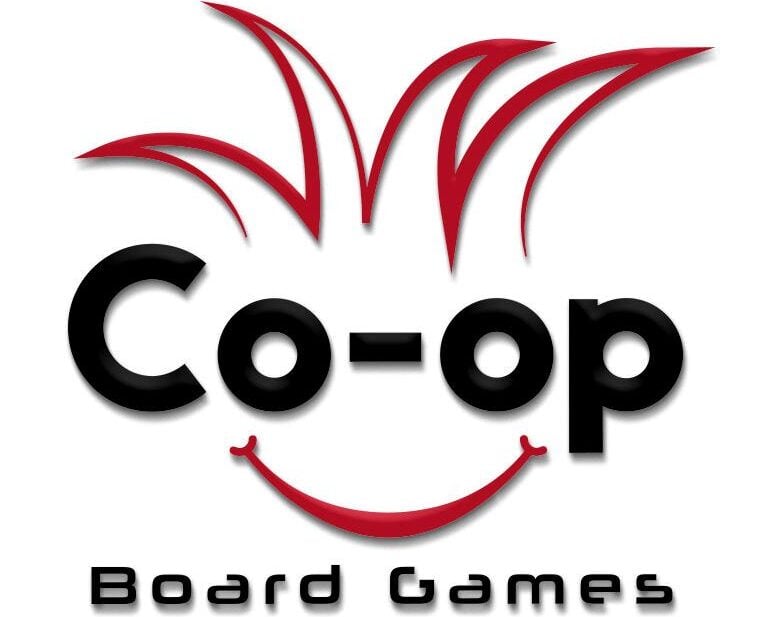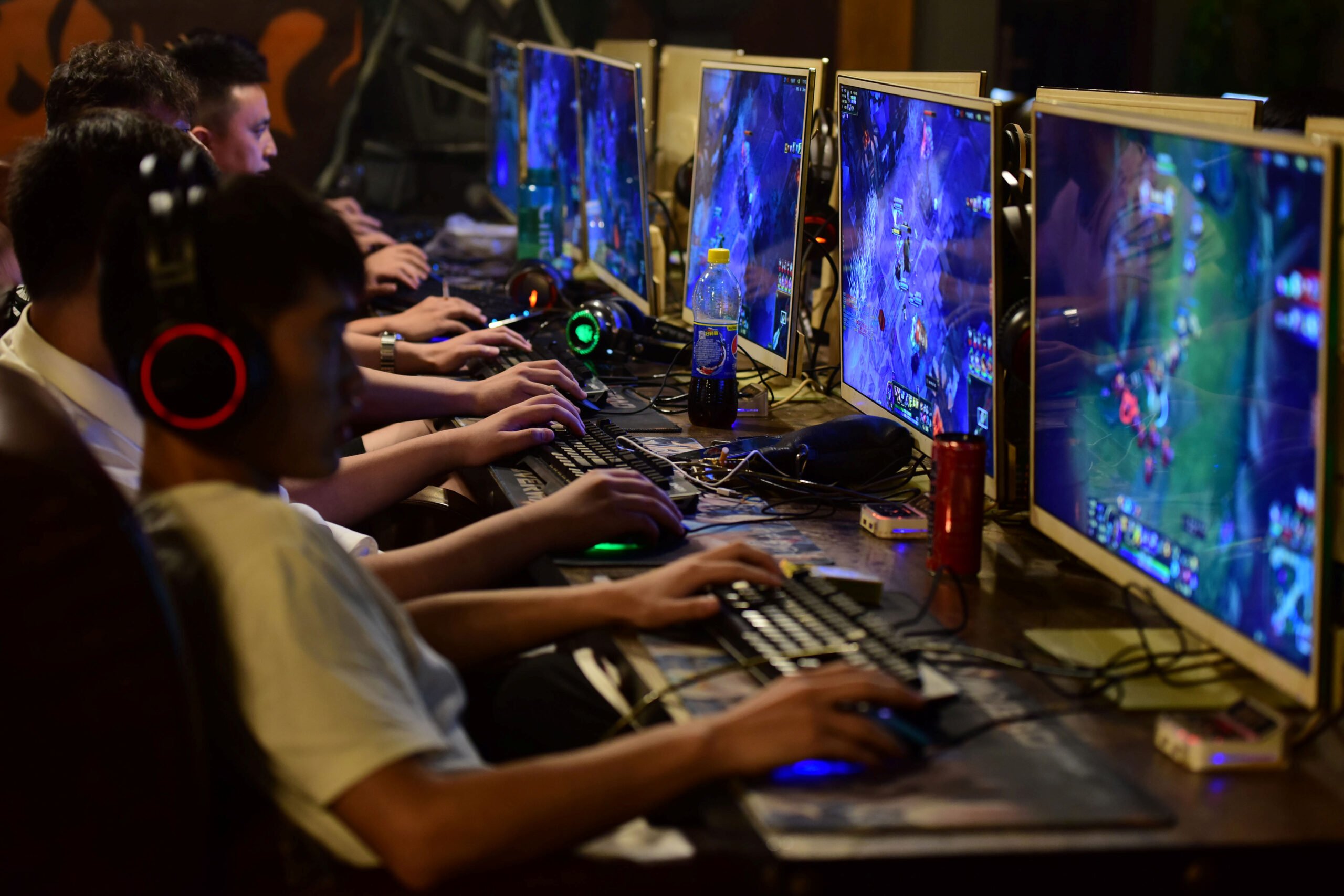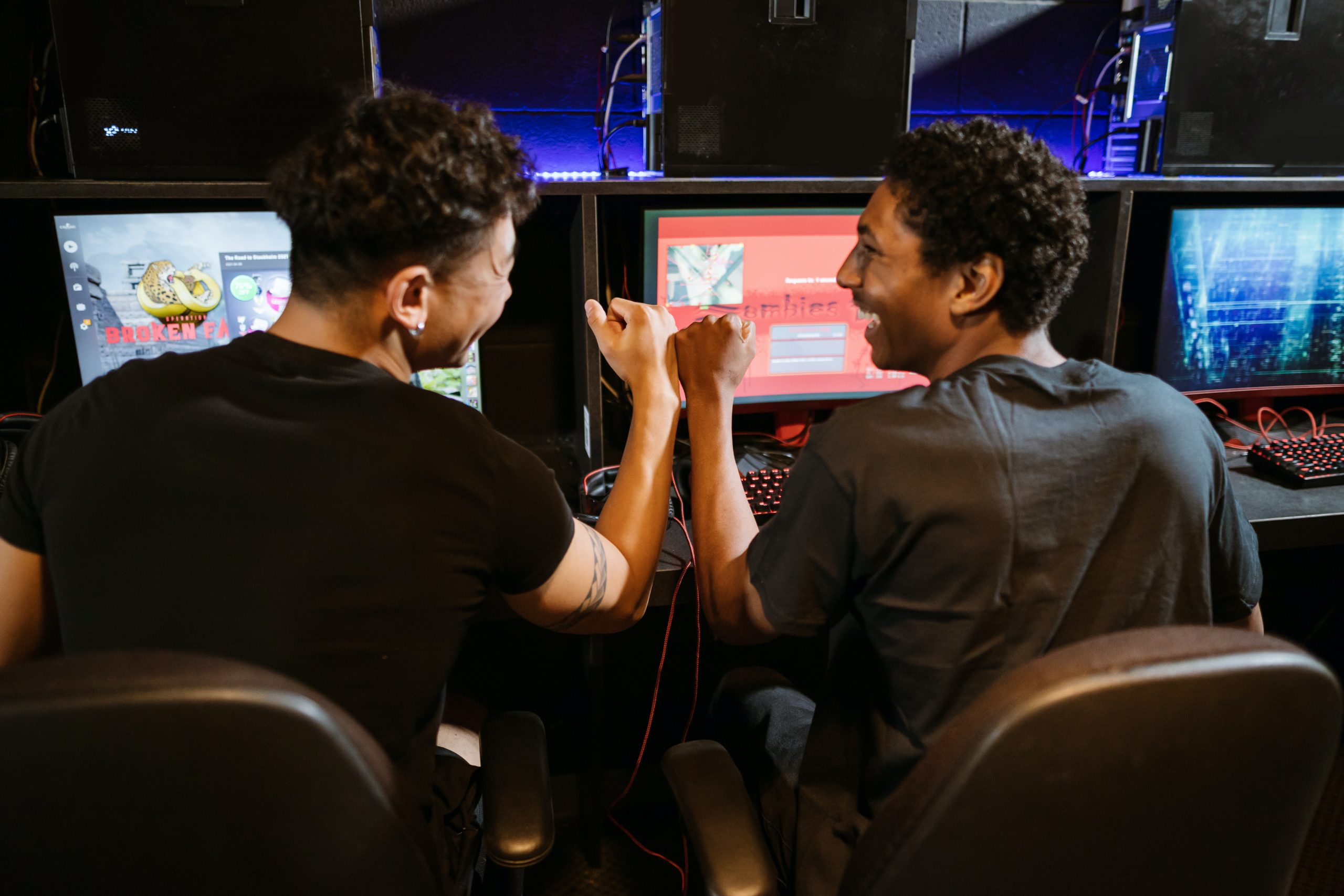Getting the Thrill of a Win Without Spending a Cent
There’s something deeply satisfying about watching those reels spin, seeing the symbols line up, and feeling that rush when you hit a jackpot—even when you know it’s all digital and the “money” you’re winning exists only in pixels.
These games are incredible at delivering that amazing rush you get when you win—that ‘yes!’ moment—that rush of a win—and the best part is, you don’t need to spend a dime to get it.
The really good free-to-play experiences focus on creating genuinely fun games rather than psychological tricks designed to extract money from players. They’re designed to be genuinely entertaining on their own, offering hours of engagement for players who never spend a dime.
Free-to-play gaming has turned the traditional model completely upside down, creating new possibilities for how developers connect with players and what entertainment can cost.
The Psychology of Digital Victory
Our brains don’t really distinguish between “real” and “virtual” achievements when it comes to that initial burst of satisfaction.
Whether you’re rolling dice at a board game night or spinning virtual slots on your phone, the same reward pathways light up when things go your way. The anticipation, the moment of revelation, the celebration—these emotional beats feel authentic regardless of the medium.
This isn’t about fooling yourself into thinking digital wins matter as much as physical ones. Rather, it’s recognizing that the psychological experience of play, competition, and victory can be genuinely rewarding even in virtual spaces.
A well-designed free-to-play game understands this and creates meaningful moments of triumph that don’t depend on your credit card.
What makes this particularly interesting is how these games have learned from traditional gaming psychology. Board game designers have always known that the best games create multiple ways to feel successful—small victories throughout the game, comeback mechanics, and varied paths to triumph.
Free-to-play digital games have taken these principles and amplified them, creating almost constant opportunities for that satisfying “yes!” moment.
When Free Actually Means Free?
The most successful free-to-play games have figured out something crucial: they need to be genuinely fun for players who never spend money. These aren’t elaborate demos or teasers designed to frustrate you into purchasing. They’re complete entertainment experiences that happen to offer optional enhancements for those who choose to pay.
Think about the most engaging free-to-play games you’ve encountered. They likely offered meaningful progression, interesting challenges, and social elements that kept you coming back.
The payment options felt like bonuses rather than necessities. You could compete, achieve goals, and feel genuinely accomplished without ever opening your wallet.
This approach works because it builds real loyalty and engagement. Players who feel respected and entertained are more likely to stick around, recommend the game to friends, and potentially choose to support the developers when they want to enhance their experience. It’s a relationship built on value rather than exploitation.
The cooperative gaming community has started paying attention to these design principles. Many digital adaptations of beloved board games now offer free-to-play versions that capture the essential experience while making the full game accessible to anyone with a device and internet connection.
The Art of Meaningful Progression
Free-to-play games excel at creating what psychologists call “intermittent reinforcement”—rewards that come at unpredictable intervals, making them more powerful than consistent rewards. But the best games use this principle responsibly, creating genuine progression systems rather than manipulative addiction loops.
Smart progression systems offer multiple types of advancement simultaneously. You might be working toward unlocking new content, improving your skills, climbing leaderboards, and collecting achievements all at the same time. This creates a rich tapestry of goals that keeps the experience fresh and engaging over extended periods.
The key difference between exploitative and entertaining progression lies in respect for the player’s time and agency. Good free-to-play games make you feel like you’re accomplishing meaningful goals at a reasonable pace. You’re not being held hostage by artificial delays or paywalls that block basic functionality.
Many successful platforms have emerged that understand this balance perfectly. Companies like HelloMillions have built entire ecosystems around free-to-play gaming that prioritizes player satisfaction and community building over aggressive monetization.
Their approach focuses on creating social gaming experiences where the real reward comes from connection and shared achievements rather than individual spending. When players feel part of a community that values skillful play and good sportsmanship, the intrinsic rewards of gaming become much more satisfying than any purchased advantage.
Social Gaming Without the Social Pressure
One of the most refreshing aspects of well-designed free-to-play games is how they handle social interaction. Unlike some competitive gaming environments that can become toxic or exclusionary, the best free-to-play experiences create welcoming communities where success is celebrated regardless of spending levels.
These games often include cooperative elements reminiscent of the board gaming community—players working together toward common goals, sharing strategies, and celebrating each other’s achievements. The focus shifts from individual dominance to collective success, making the experience more inclusive and sustainable.
This social dimension adds layers of meaning to virtual victories. Achieving something difficult becomes more satisfying when you can share it with others who understand the challenge.
Helping newer players succeed creates its own form of reward. Building friendships through shared gaming experiences adds value that no amount of money could purchase.
The Skill Factor
The most engaging free-to-play games reward genuine skill development alongside luck-based elements. While random rewards create excitement, the ability to improve your performance through practice and strategy provides deeper, longer-lasting satisfaction.
This mirrors what makes traditional board games compelling—the combination of chance and choice that creates engaging decision-making moments. Free-to-play digital games that incorporate meaningful skill elements tap into the same psychological rewards that keep people coming back to their favorite tabletop experiences.
Strategic thinking, pattern recognition, timing, and resource management all become pathways to success that don’t require financial investment.
Players can feel genuinely proud of improvements in their gameplay, knowing their success comes from dedication rather than spending.
Healthy Gaming Habits
The key to enjoying free-to-play games sustainably lies in approaching them with the same mindset you’d bring to any recreational activity.
Set reasonable time boundaries, focus on the social and strategic elements rather than just the reward mechanisms, and remember that the goal is entertainment, not accumulation.
Many players find success by treating free-to-play games like they would a hobby—engaging regularly but mindfully, appreciating the craft behind good game design, and connecting with others who share their interests. This approach maximizes the genuine entertainment value while minimizing any potential for problematic engagement patterns.
You have to get good at spotting the difference between a game that wants to entertain you and one that’s just trying to get into your wallet.
The red flags are pretty obvious: the games that make you feel like you’ll miss out if you don’t check in constantly, or those that deliberately make the fun a chore unless you pay up. When a game does that, it’s a sure sign the developers care more about your money than your fun.
The Future of Accessible Gaming
Free-to-play games represent a fascinating democratization of gaming entertainment. They’ve made high-quality gaming experiences available to anyone with basic internet access, regardless of their financial situation. This accessibility has opened gaming to communities that might never have engaged with traditional paid games.
The best examples prove that you don’t need to spend money to have genuinely rewarding gaming experiences. They offer the same psychological satisfactions as premium games—challenge, achievement, social connection, and skill development—without financial barriers.
The gaming landscape keeps shifting toward something healthier—developers are putting more effort into building communities, encouraging teamwork, and actually respecting that players have lives outside their games.
More and more developers are discovering something interesting: games that focus on being genuinely fun and engaging tend to build stronger, more loyal communities than those designed primarily to squeeze money out of players.
Why This Matters for Board Game Enthusiasts?
For those of us who love physical board games, free-to-play digital games offer interesting insights into game design and player psychology. They’ve pioneered new approaches to progression, community building, and accessibility that traditional games are starting to adopt.
These days, tons of beloved board games have digital cousins that let you try before you commit to buying anything. Players can learn rules, practice strategies, and decide if they want to invest in physical copies—all without financial risk.
These games also provide gaming opportunities when physical meetups aren’t possible. During the pandemic and other isolating times, these games became like digital bridges—they kept friendships and gaming groups from falling apart when meeting up wasn’t possible.
They’ve also become this unexpected gateway for people who might have been intimidated by complicated strategy games or worried they wouldn’t fit into gaming communities.
You know that moment when you make the perfect move—could be landing a great spin, could be executing a brilliant team strategy? Whether it’s on a screen or around a table, the feeling is the same because the satisfaction comes from conquering the challenge itself—not the game’s format.
Free-to-play games simply prove that meaningful entertainment doesn’t require significant financial investment—just thoughtful design and genuine respect for players’ time and intelligence.
The games that really stick with you? They bring back all those reasons you started gaming in the first place. Picture yourself banging away at some ridiculously hard puzzle, getting increasingly annoyed because nothing’s working, until suddenly—like a lightbulb going off—the solution smacks you in the face and you’re left wondering how you could have been so blind.
Remember that thing that made you want to hurl your phone across the room? That frustrating puzzle you just couldn’t solve? The one day it suddenly clicks and you can’t believe you didn’t see it before—that’s a peak gaming moment.
It’s even better when you’re struggling through something ridiculously hard with friends who’ve been watching you fail over and over, then cheer when you finally nail it because they know exactly how much that victory means to you.


